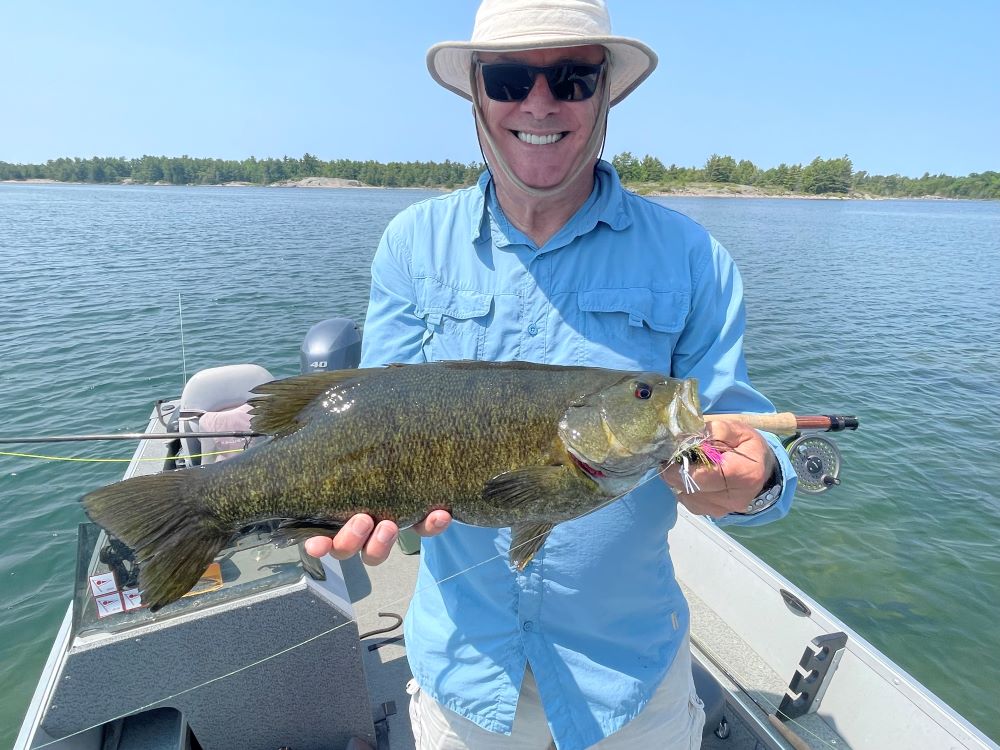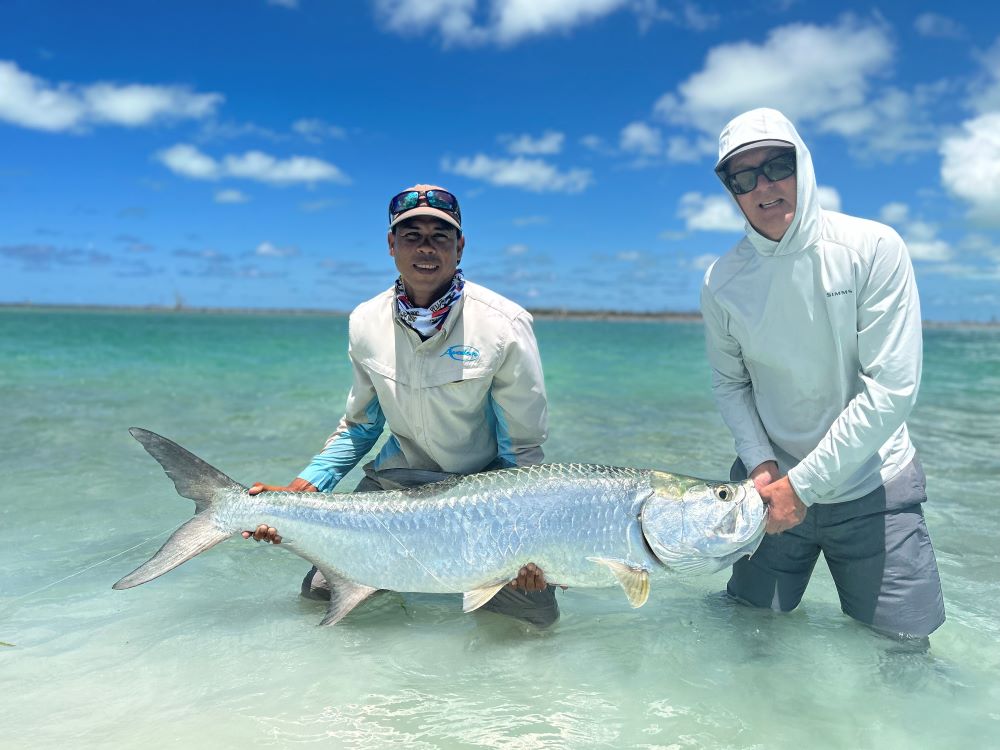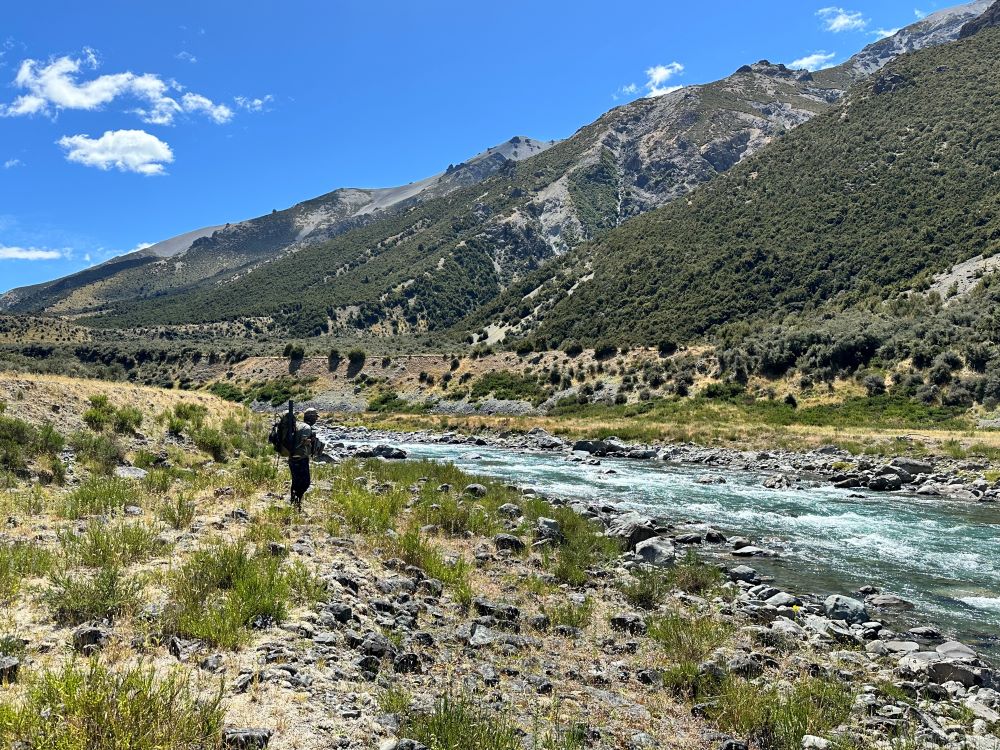
Topwater Smallmouth Bass Part1
While I’ve always fished for smallies, it wasn’t until the pandemic and my inability to travel for close to two years, where I really started to focus in on this amazing fish. Smallmouth Bass are a highly adaptable fish and can be found in freshwater lakes, rivers, streams and even tiny creeks. The species has been so successful in part because of the wide assortment of what it will eat. Depending on the aquatic environment, minnows, gobies, crayfish and frogs are all critical dietary ingredients for the diet of Smallies. I fish for them in Georgian Bay, the large bay on the easter shores of Lake Huron. This body of water is dotted by thousands of islands, rock shoals and ledges, and offers crystal clear water. About 75% of my fishing in this area is sight casting to specific bass in two to four feet of water, the way one does for bonefish in the Bahamas or for big Brown Trout on New Zealand’s South Island.



Pre Covid, I used to fish with small white streamer patterns that mimicked the minnows found in the Great Lakes. But through a lot of time on the water the last few years I’ve learned that Smallmouth Bass cannot generally afford to turn down the huge protein feast that a well presented frog patterns represents. As a result, I now almost exclusively fish with a topwater deer hair frog popper. Aside from rarely getting a refusal, I love poppers for bronze backs because every topwater eat is different. Some smallies will gently take a bass bug the way a Brown Trout will sip an elk hair caddis. Others will roll on a fly like a juvenile tarpon eats. Others still, will hurtle into the air hammering the fly like a big ‘cuda attacking a saltwater popper. The visuals for topwater fly fishing for smallies are simply fantsastic.
In most conditions I’m using a 5-weight rod with a weight forward floating line in a neutral beige or sky-blue color. My leader is 9 feet long, with a 12-to-18-inch piece of eight-pound tippet. When conditions allow, I’ll immediately go down to a 3-weight, where I use a smaller popper. While I do love topwater, there are times when, for whatever reason, smallies just won’t come up to the surface to eat, regardless of how real and lifelike my frog popper is. I always have a second fly rod ready to go with a weighted size #2 Spawning Shrimp that gets down to the bottom quickly. Yes, the Spawning Shrimp is a bonefish pattern but it looks very similar to a small crayfish and in my home waters, the smallies love this fly. And please, remember to fish barbless as Smallmouth Bass will often inhale the popper, taking it down deep. Fishing barbless allows for easy fly retrieval from the bass’s mouth, making for easy releases and healthy fish. Barbless also protects you from an errant cast where you accidentally get hooked.


